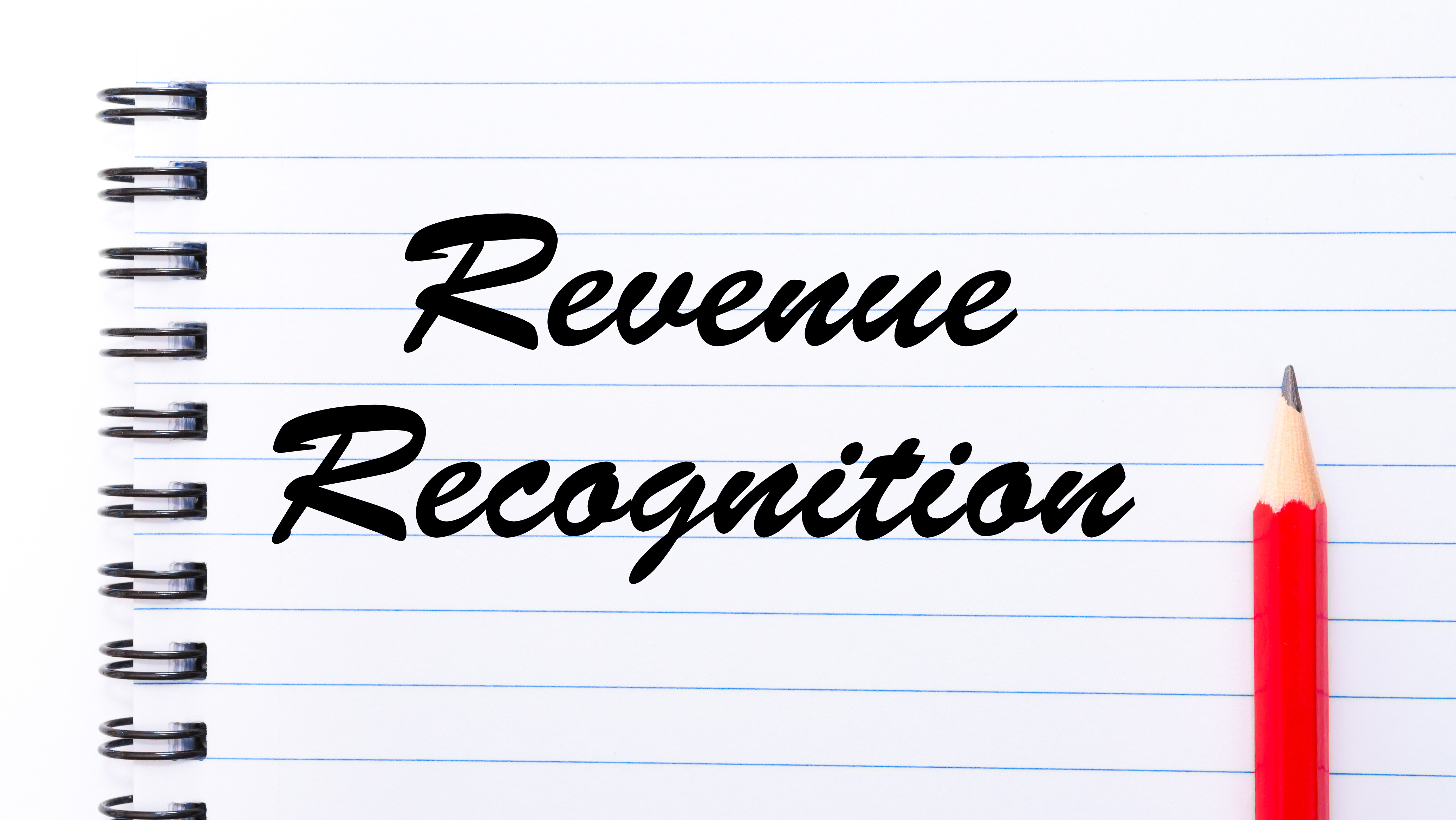The clock is ticking for private companies as they face implementation of the Financial Accounting Standards Board’s (FASB) revenue recognition standard.
In this Q&A with FEI Daily, KPMG’s Meredith Canady and Kevin Bogle discuss the stages of implementation, hurdles to implementing the new revenue recognition standard, and lessons private companies can learn from public companies.
FEI Daily: Where should private companies be in their adoption journey at this point of the year?
Kevin Bogle: If you think about any type of accounting change, companies probably go through a three step process: assessment, design and implementation. At this stage, private companies should have completed an assessment that entails understanding the differences between what their current accounting is today, and what the new revenue standard is asking for from both an accounting and a reporting perspective.
Meredith Canady: The assessment process has generally been much more difficult than we anticipated, and it takes a tremendous amount of time. One thing that I think is a risk for private companies who haven’t yet rolled up their sleeves and really gotten into the assessment phase, is that there might be a tendency to under estimate the level of effort. Private companies may look to some public companies within their industry, and look at their disclosures, or look at the bottom line change and say, ‘It doesn’t look like there was a significant change, so maybe there’s not a lot of work for me to do here.’ But the amount of effort that it took for those companies to review and analyze their contractual arrangements to reach the conclusion that there wasn’t a bottom line significant change was tremendous. That’s an area where, when you think about where private companies should be, getting through that assessment phase, including reviewing contracts, that’s really critical.
FEI Daily: What revenue recognition lessons did you learn from helping public companies adopt the new standard, that you think would be helpful for private companies to know?
Bogle: The one thing I would message to anybody going through this for the first time is that, typically when you think about accounting, you think about the debits and credits. I found that some of the more challenging aspects have been getting the underlying transactional data to comply with new disclosure requirements.
The new standard requires companies to disclose more information. Because of that, I find companies going back to their underlying data and realizing they don’t have the information to comply with the disclosure requirements. If you don’t have the information, you’re going to have to go get it, which was a time-consuming process that a lot of companies had to undergo.
That was one of the lessons learned. You really have to start early to make sure that you can get through it. Some companies had major changes, some didn’t, but you have to go through that initial assessment in the beginning to properly position you for an efficient implementation of the new standard.
Canady: I’d say one thing that we learned from public companies is that the standard has a cross-functional impact on a company. There are lots of different places in the new standard where management has to involve people outside of controllership or accounting to actually get the accounting right. For example, companies had to involve human resources to evaluate commission plans, consult with legal counsel about the enforceability of contracts and engage with personnel in finance and operations to understand the customer contracts, the products and services and to develop expectations related to variable consideration. Companies that were able to engage up front and communicate well with those different stakeholders and cross-functional groups tended to have a better and a smoother process and less hiccups on the back end.
FEI Daily: What are some of the implementation surprises or the hurdles that no one is talking about?
Bogle: The systems impact is a big one, if you require a system change. If you have lived through an accounting system implementation, you understand how long it takes to implement a new system. If you start your 606 project late and identify the fact that you do need to either implement a new system or make changes to your existing systems, you may run out of time or incur additional costs on advisors or a temporary solution to support your 606 adoption. That is one of the things that jumped out at a lot of people when they went through this process.
Canady: It is the revenue standard and people focus on the revenue, but it has cost implications as well. I think we were probably surprised by the level of operational challenges and actual accounting interpretation questions around the cost side of the standard that sometimes got a little overlooked in the beginning. There were significant challenges there.
Read the full story here – Revenue Recognition: The Final Stretch
This article was originally published by Financial Executives International (FEI), and has been republished with their express permission.
Handpicked Related Content: Revenue Recognition Basics with Brad Dempsey
Handpicked Related Content: Video Demo 5 – Revenue Recognition in Q360


